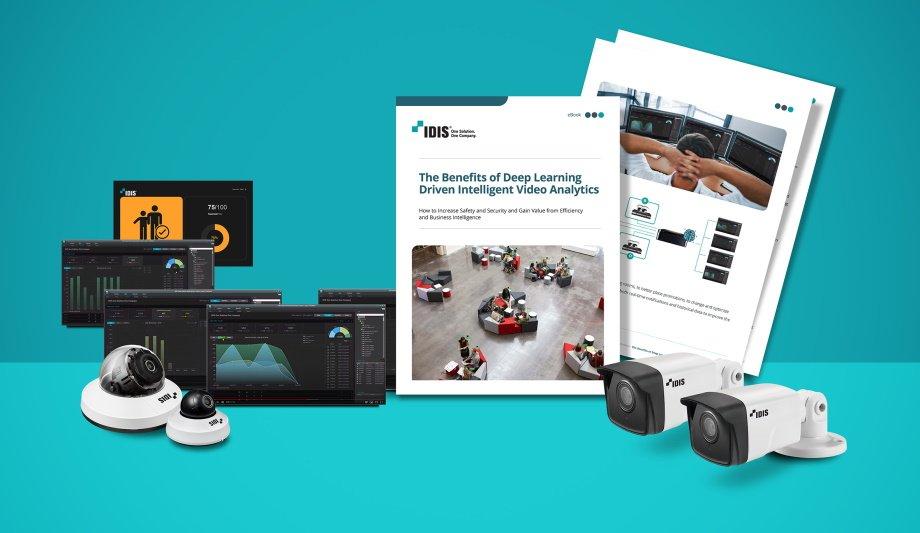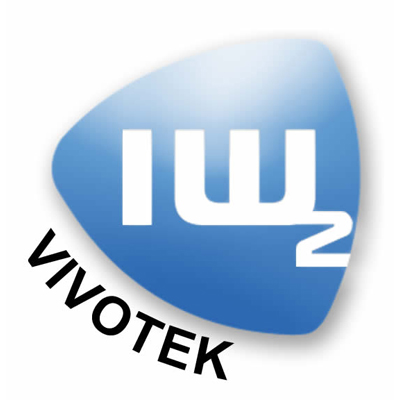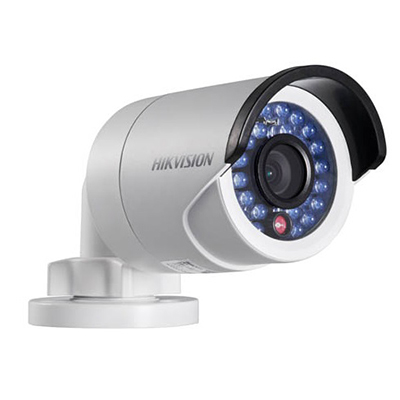IDIS’s latest tech-explainer eBook – The Benefits of Deep Learning Driven Intelligent Video Analytics – explores how a new generation of AI video solutions is delivering better security, safety, operational efficiency, and business intelligence.
The eBook, which can be downloaded now from the IDIS website, reflects the company’s commitment to supporting its systems integrator partners as they focus on delivering advanced video solutions into growth sectors.
Modern network cameras
In recent years, the terms ‘intelligent’ and ‘artificial intelligence (AI)’ have been applied to many different types of security system, but without agreement on what AI means, says IDIS, so it’s important to understand that not all solutions are designed to the same standard or deliver equal value.
The new eBook explains some of the differences between conventional ‘blob’ analytics - found in most modern network cameras and relatively prone to false-alarm triggers caused by environmental factors - and more powerful deep learning technologies. This newest generation AI solutions leverage neural networks made up of multiple layers of algorithms and advanced processing and can be more accurately called ‘intelligent’ video analytics.
Deep learning video solutions
Metadata search functions also allow users to benefit from advanced interrogation of single and multiple cameras
Deep learning’s real value comes from its ability to detect events of interest and distinguish these from video data input which is just ‘noise’. But some caution is still needed, warns IDIS: deep learning video solutions can still disappoint if the engines and algorithms that drive them are not fully trained and able to recognise objects reliably and accurately.
By contrast, effective deep learning video analytics can deliver multiple benefits, from preventing ‘alarm overload’ in busy security control rooms, to freeing up personnel resources and enabling security provision to be better focused. Metadata search functions also allow users to benefit from advanced interrogation of single and multiple cameras, speeding up investigations and automatically locating objects or people of interest.
Face mask detection
The eBook also outlines how AI video can support efficient return-to-work strategies and ensure COVID-secure facilities and workplaces using highly accurate analytics for face mask detection, social distancing adherence, people counting, and occupancy monitoring. Guidance is also provided for systems integrators, demonstrating how the same functionality will deliver value beyond the pandemic, with benefits such as facilities and workspace optimisation, and actionable insights, particularly for the retail and hospitality sectors.
“The best AI offerings today add value for customers by rapidly increasing productivity and efficiency, and providing useful business intelligence,” says James Min, Managing Director, IDIS Europe. “This new eBook explains how systems integrators can get past the jargon to support end-users, building a compelling business case that both addresses immediate priorities and demonstrates long term return on investment.”



























